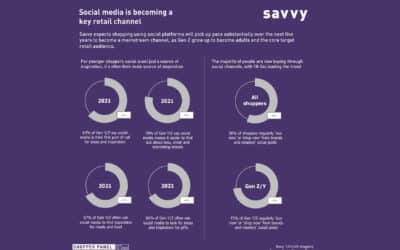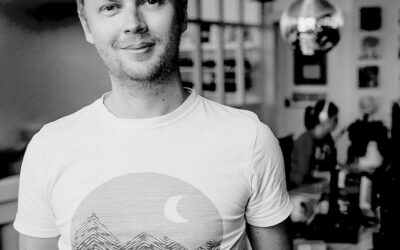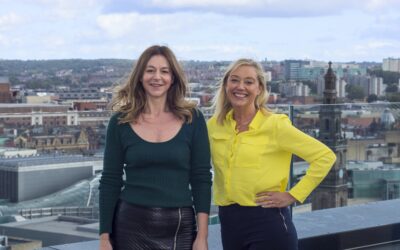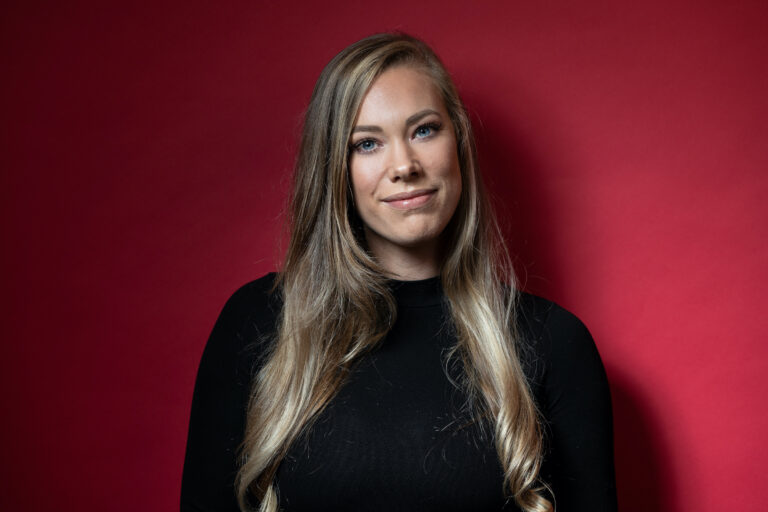A life where we can click into each other’s locations in a much more real way than we currently do with Zoom; where we can work anywhere and still see our colleagues and clients in the almost physical form.
Aside from the serious questions about privacy, it has garnered criticism for other reasons. Regardless of whether this is a genuine prediction or a marketing campaign, the comments from real people show a genuine reluctance to work in this way, even though, technically, we’re already doing it.
The last two years have shown us that many of us don’t need face-to-face meetings to carry on with our work. It’s certainly the case for us at First Internet. We operate out of a relatively small office in Hale, Altrincham, while some of our clients are on the opposite side of the world. We’ve never actually met them in real life, but our working relationships are tip-top.
We don’t even need meetings to win new business – we’ve had two London companies contact us recently, proactively looking for an agency in the North of England. Their search technique was simple: Go online and look at recent Prolific North Award winners!
Working remotely is on the rise and for many reasons – not least the environment – that’s to be encouraged and explored in many ways.
We’re a digital agency – this is what we do, driving online connections. We’re delighted to see the old agency model being shaken up a bit as people work remotely, appoint from a distance and operate over much wider playing fields.
Our American and Australian clients have the same level of personal service as those around the corner in Hale, via a screen, as opposed to being in the same room.
What the Facebook video doesn’t recognise though is the need for real human interaction. Phonecalls, Zoom chats, WebEx meetings and slick holographic meetups in the Metaverse are all very well, but they are no substitute for real-time, face-to-face interaction.
Subtle cues that are not visual can be missed, sarcasm can be misconstrued. I will promote digital with all my being, but I still want to come and work alongside my team. It’s vital for the culture, creativity and community of a company to survive. And for the wellbeing of that team.
Wellness at work is a broad term, but for me it essentially relates to a team bringing their true selves to work, being encouraged and enabled to feel comfortable and confident thanks to a positive approach to physical and mental health. Our clients may not all be popping in for biscuits, but if our team needs to have a three-hour creative session then the custard creams are coming out. The old ways work for a reason.
The technology that is being developed is mind-boggling. We should use that technology and the digital skills we have to connect, absolutely. To meet, definitely. But it should also be used to create healthier workplaces and bring communities and people together more, rather than keep them apart.
Deloitte’s Amsterdam headquarters use advanced IT brilliantly. Hailed ‘The Smartest Building in the World’ by Bloomberg, it uses almost 30,000 sensors to track elements such as movement, light, temperature and moisture. LED panels powered by the same cables then carry internet data, creating power through things such as employee workouts in the gym.
In doing so, the building produces more energy than it uses – and even knows when to save power if areas or spaces are empty. The lighting follows people’s biorhythms, every office has a view of greenery, and noise is minimised through clever acoustics. These are factors which have a subliminal, yet potentially huge impact on the team’s wellbeing. That’s a great use of technology.
Mental health in the workplace is not just important from a human perspective, but also from a business one: Evidence suggests that 12.7% of sick days in the UK can be attributed to mental health conditions. Studies have proven that social interaction is critical for good mental health.
Let’s use digital to build audiences, hold overseas meetings, and connect people who might not otherwise be connected. But let’s not applaud this Metaverse vision of the future world of work.
Digital has a place, but only alongside real life.












